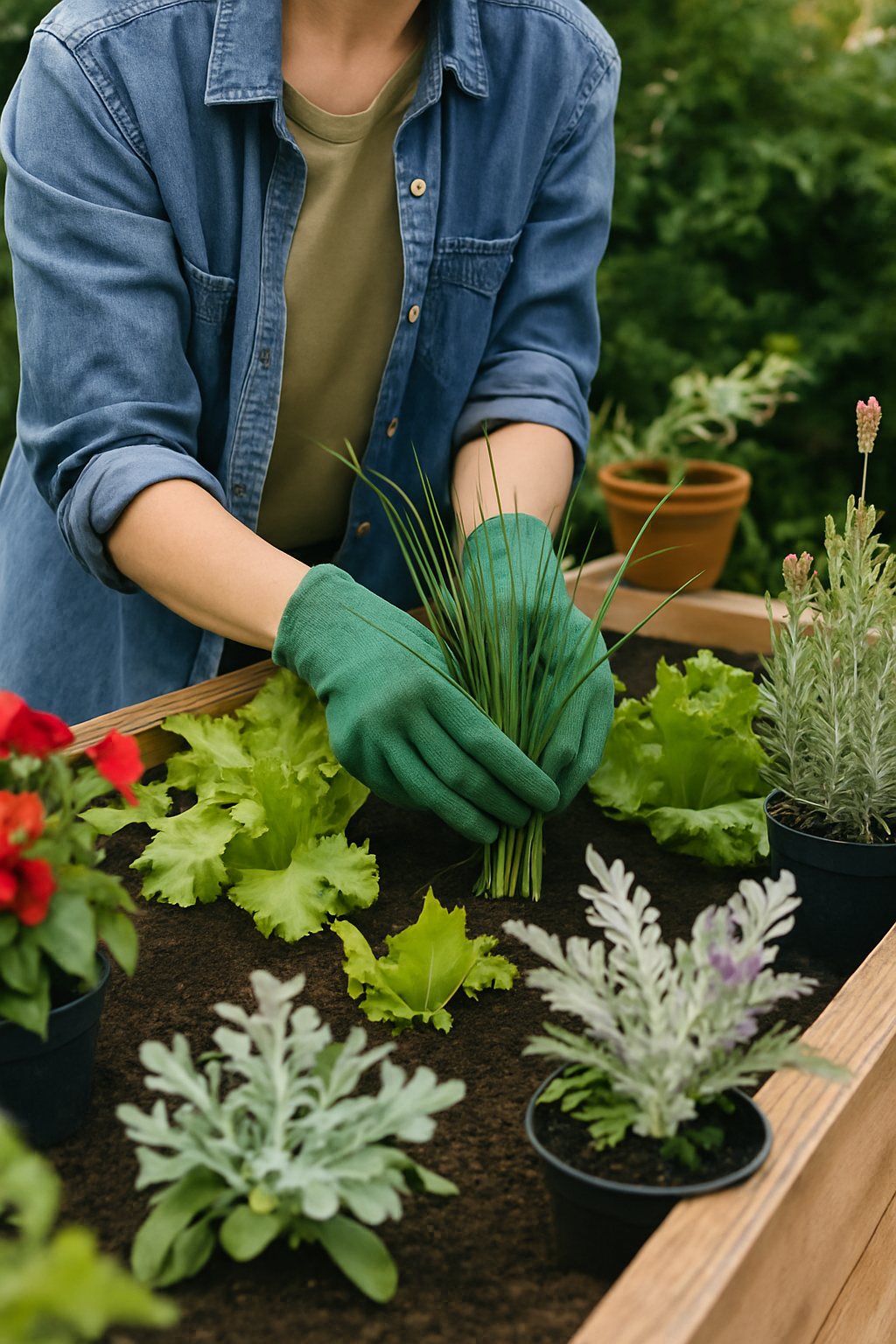Gardening is not just about planting flowers, trees and shrubs. It is both science and an art form that requires careful planning, consideration of the environment, and an understanding of the homeowner's preferences. As a garden design academy, we understand the importance of creating a customized garden. In this article, we will discuss how to design a garden that aligns with the homeowner's tastes and the steps that need to be taken to create a beautiful and functional space.
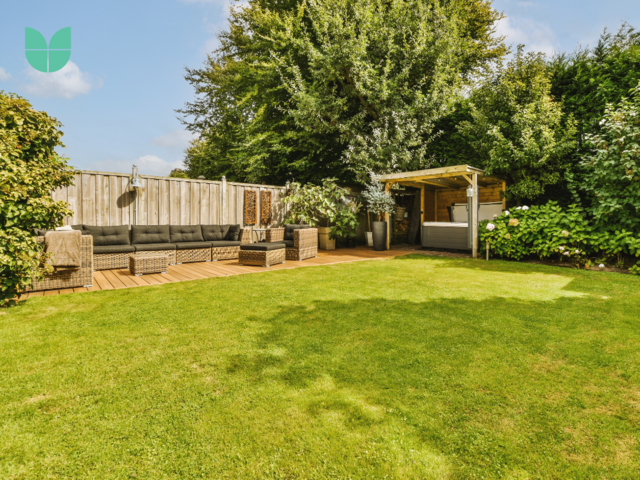
Understanding homeowners' preferences
The first step in creating a customized garden is to understand the homeowner's preferences. This can be achieved by having an in depth conversation with the homeowner to understand their likes and dislikes, as well as their intended use of the space. The following are some useful questions to ask during the initial consultation:
- What is the intended use of the space?
- What types of plants do you prefer?
- Are there any specific features you would like to include, such as a water feature or outdoor kitchen?
- What is your budget for the project?
It is important to consider the intended use of the space as this will affect the design. For example, if the homeowner intends to use the space for entertaining, a seating area will be a necessary element. If the homeowner intends to use the space for growing food, a vegetable garden would be more appropriate. A customized garden can be an integral addition to a home where families and friends spend much of their time. It must therefore be treated as a functional and attractive extension of the home.
Homeowners may have different preferences when it comes to garden design. Some may prefer a traditional, formal garden with symmetrical beds, while others may prefer a more naturalistic garden with meandering paths. It is important to understand the homeowner's preferences and incorporate elements that align with those preferences in the design.
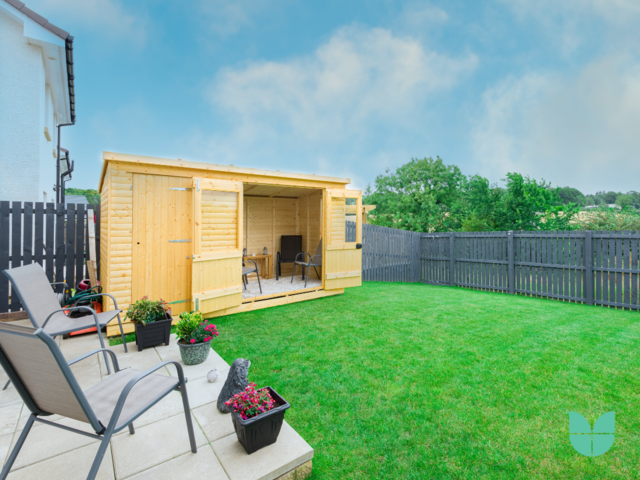
Designing the space
Once you have a good understanding of the homeowner's preferences, you can begin to design the space. The following are some important considerations to keep in mind:
- Create a layout that incorporates different zones for different activities.
- Incorporate elements that align with the homeowner's tastes.
- Consider local climate and soil conditions.
Creating a layout that incorporates different zones for different activities is ideal for creating a functional space. An area with seating can be incorporated for entertaining or relaxing, while a vegetable garden can be in a separate zone for growing food.
While a functional healthy garden is vital, the homeowner is also going to want to enjoy the aesthetic of the design. If your client prefers a traditional or formal design, then perhaps symmetrical beds and more classical designs would be the best option. Maybe the client wants something more relaxed and unmanicured? A meandering garden with some wild flowers may suit them better?
When designing a garden, it is always important to consider the local climate and soil conditions. This will affect the types of plants that can successfully grow in a particular outdoor space. It is also important to consider the amount of sun and shade in different areas of the garden. Plants have different needs when it comes to water, nutrition and of course, sun and shade.
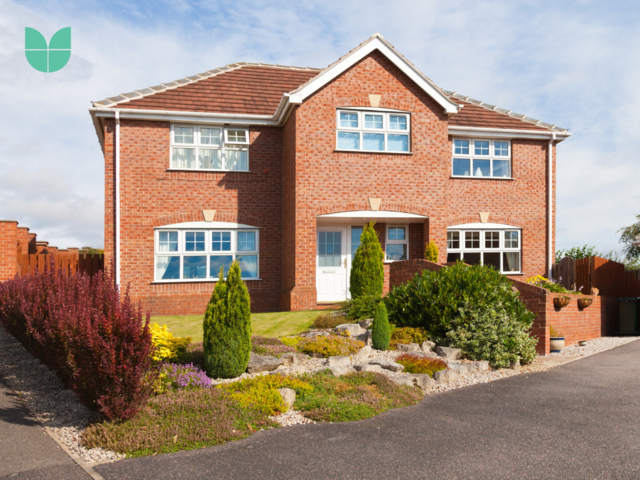
Maintenance considerations
It is also important to include provisions for long term maintenance in the design of a garden. It is important to advise your client of watering and pruning requirements in the garden. You want the design to not only survive the seasons, but to flourish as it grows. Also keep the client informed on the most appropriate soil and mulch options. It is important to maintain plant and soil health.
Designing a garden that suits the homeowner's preferences involves understanding their tastes and incorporating elements that align with those preferences. It is important to consider the intended use of the space, the local climate and soil conditions, and maintenance. By taking all of these factors into consideration, you can create a customized garden that is both beautiful and functional.
At our garden design academy, we understand the importance of creating a customized garden that suits the homeowner's preferences. We offer courses that will teach you how to design a garden that meets a homeowner's needs plus the steps that need to be taken to create a beautiful and functional space. Our courses cover topics such as understanding homeowners' preferences, designing the space, and maintenance considerations.
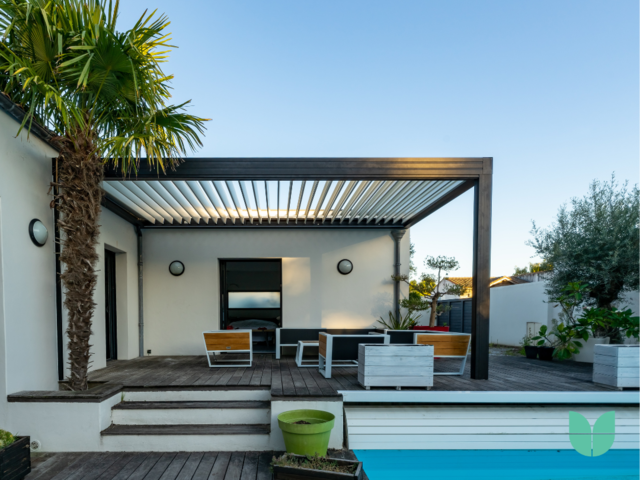
Our tutors are experienced professionals in the field who will guide you through the process of designing a garden. They will provide you with hands-on training and support to help you develop the skills you need to create beautiful and functional gardens.
We invite you to take a look at our course offerings and see how we can help you develop your skills as a garden designer. We have a wide range of courses that will cater to different levels of experience and interests. Whether you are a beginner or an experienced professional, we have a course that will suit your needs.
Don't miss this opportunity to learn from the best and enhance your garden design skills. Enroll in our courses today and take the first step towards a rewarding career as a garden designer.
Thank you for reading our article, and we hope you have found it informative and useful. We look forward to welcoming you to our garden design academy and helping you grow your skills as a garden designer.

